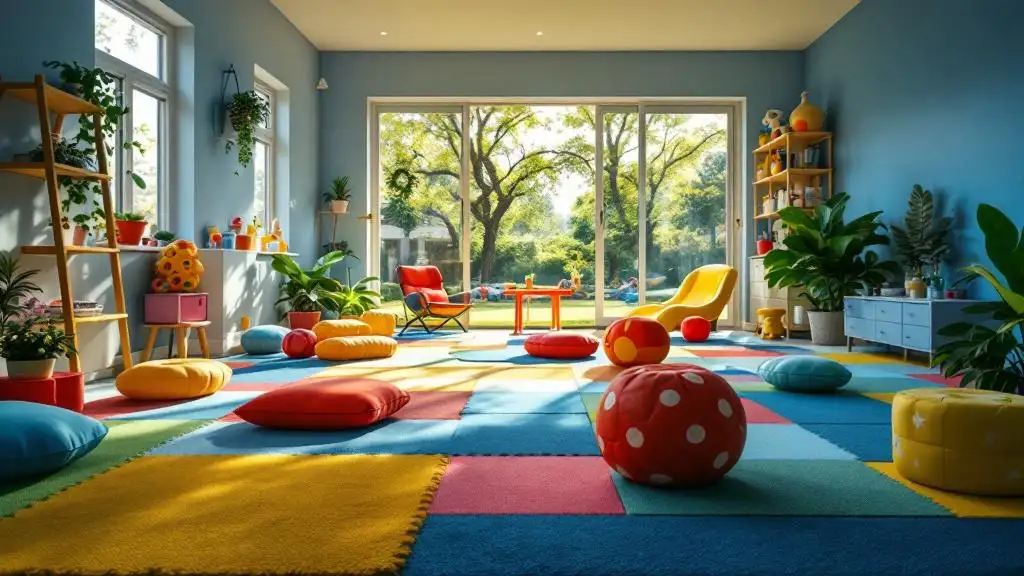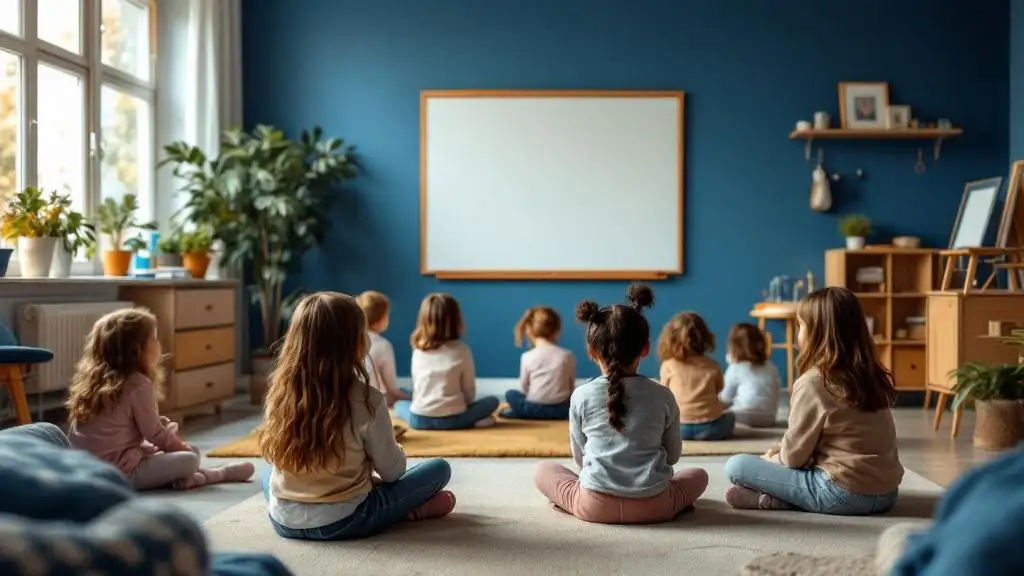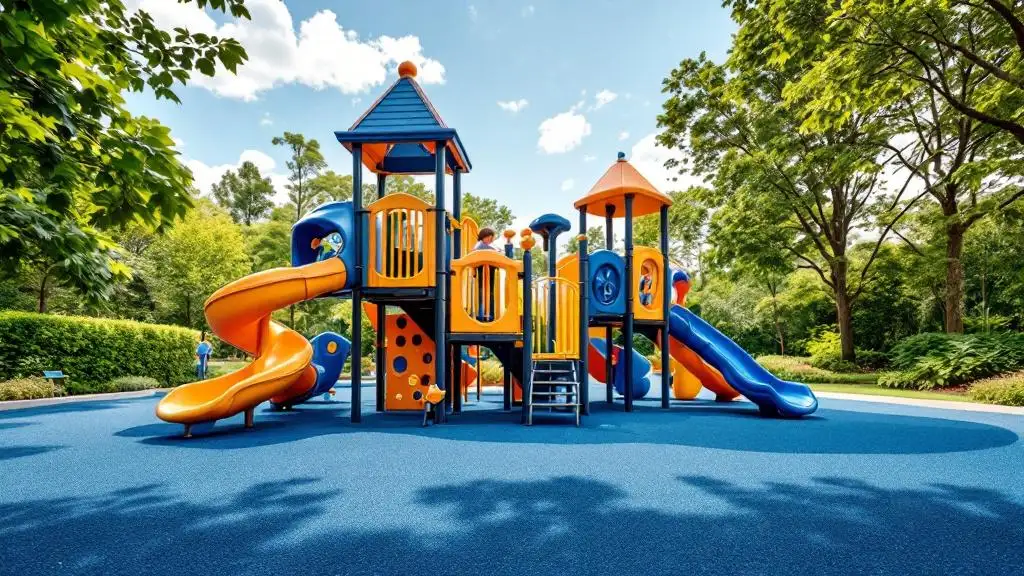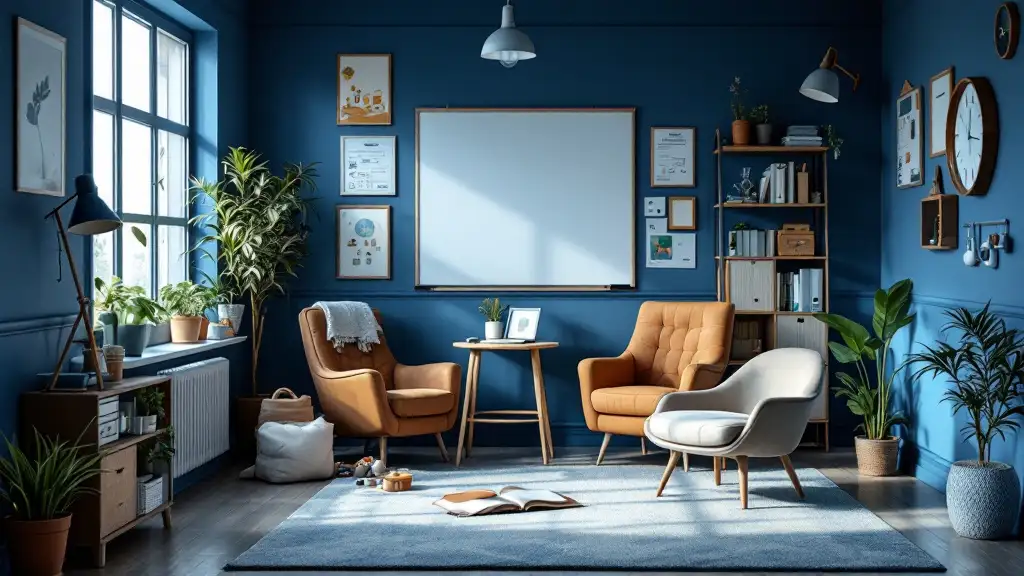
Unlocking the Power of Behavioral Techniques to Foster Peer Connections
Developing strong peer interactions is vital for children and adolescents' social and emotional well-being. Behavioral therapy offers a variety of targeted strategies designed to improve social skills, reduce interpersonal difficulties, and foster meaningful relationships. This article explores the core techniques and methods used within behavioral therapy to promote peer engagement, supported by the latest research and clinical practices.
Foundations of Behavioral Therapy Techniques for Social Skills Enhancement

What are some behavioral therapy techniques aimed at enhancing peer interactions and social skills?
Behavioral therapy offers a variety of techniques specifically designed to improve social interactions among children and adolescents. One common method is social skills training, which involves several steps: first, assessing individual social deficits; then delivering instruction, modeling appropriate behaviors, and providing reinforcement to encourage specific actions.
Role-playing and behavioral rehearsal are practical approaches that allow young people to practice social scenarios in a safe, controlled environment. This not only builds confidence but also helps them internalize appropriate responses.
Models, whether therapists or peers, demonstrate expected behaviors, showing children how to interact effectively. When desirable behaviors are rewarded with praise or positive reinforcement, children learn to repeat these actions, promoting social competency.
In addition to these, cognitive-behavioral strategies like cognitive restructuring help modify negative or unhelpful thoughts that hinder social interaction. Mindfulness techniques can also help children stay present and reduce anxiety during social encounters.
Other evidence-based interventions include Applied Behavior Analysis (ABA), which utilizes positive reinforcement to develop new skills, including communication and social interaction. Parent-Child Interaction Therapy (PCIT) emphasizes improving the parent-child relationship, which indirectly fosters better social skills.
Functional communication training teaches children alternative ways to express needs or frustrations, reducing social misunderstandings. Lastly, social problem-solving strategies help children navigate conflicts and develop respectful, effective ways of dealing with peer issues.
Together, these approaches build a comprehensive framework for enhancing social functioning, especially for children with developmental conditions like autism spectrum disorder.
| Technique | Focus Area | How It Works | Examples |
|---|---|---|---|
| Social skills training | Peer interactions, social cues | Assesses deficits, instructs, models, reinforces | Practicing greeting peers, sharing, turn-taking |
| Role-playing | Social scenarios, confidence building | Simulates situations for practice, improves competence | Congratulating a peer, answering questions in class |
| Modeling | Demonstration of appropriate behavior | Therapist or peer demonstrates behaviors to imitate | Using polite language, eye contact |
| Positive reinforcement | Motivation and behavior repetition | Rewards desired social behaviors to encourage their use | Praise, tokens, privileges |
| Cognitive restructuring | Negative thought patterns | Helps reframe unhelpful thoughts into positive, adaptive ones | Thinking |
Practical Strategies for Improving Peer Relationships
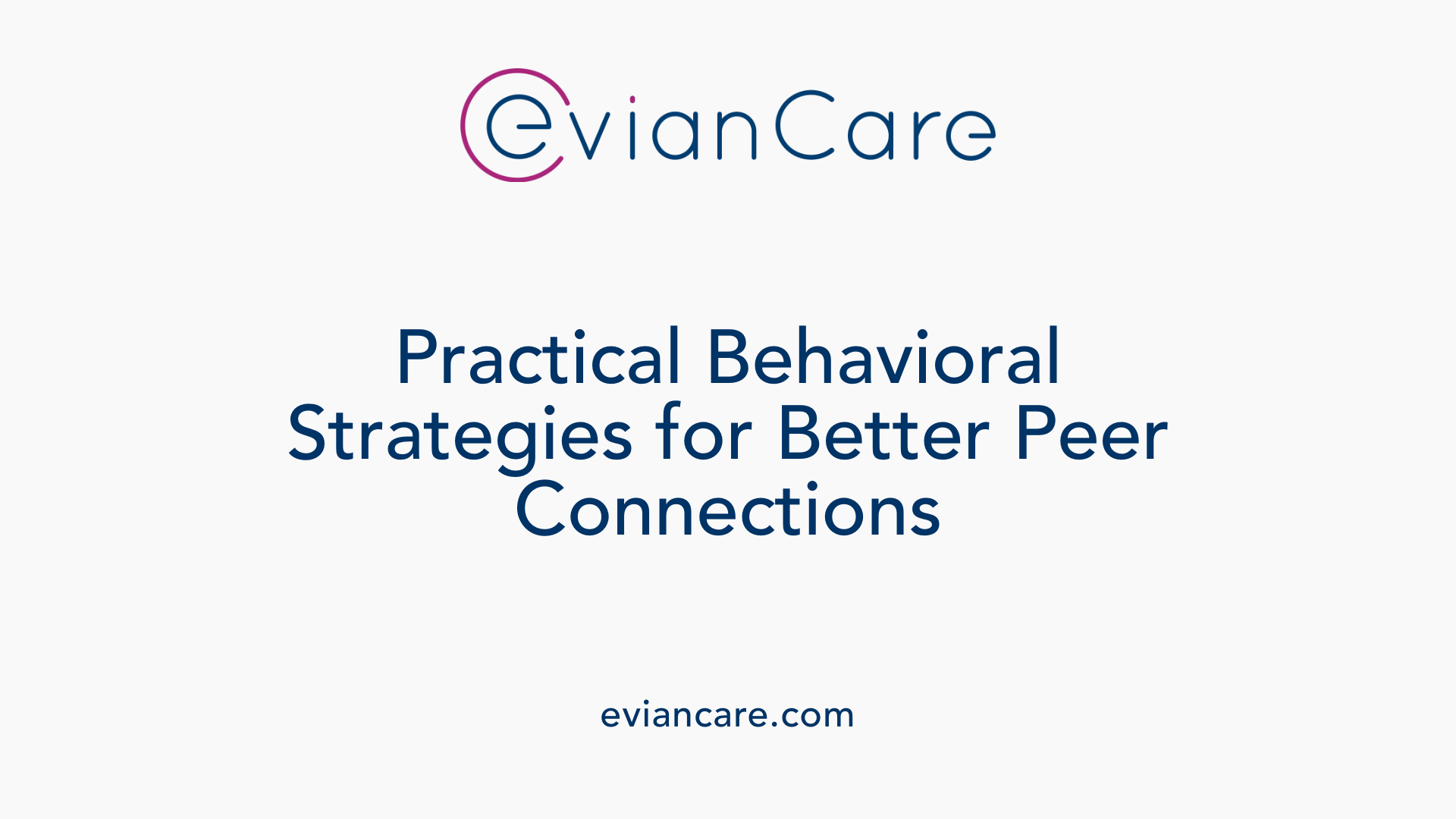
What practical strategies within behavioral therapy can help improve peer relationships among children and adolescents?
Behavioral therapy offers a variety of techniques aimed at enhancing social skills and fostering positive peer interactions. Teaching children to recognize social cues, such as facial expressions, body language, and tone of voice, allows them to respond more appropriately in social settings.
Active listening and understanding body language help children better interpret their peers' feelings and intentions. Promoting kindness, empathy, and perspective-taking are central to creating supportive and respectful peer environments.
Role-playing scenarios are effective tools for practicing boundary setting, respectful communication, and conflict resolution skills. These exercises provide a safe space for children to experiment with new behaviors and build confidence.
Reinforcement techniques are used to encourage positive social behaviors by rewarding acts of kindness or cooperation. Group therapy sessions also help develop interpersonal skills and emotional regulation, enhancing peer relationships.
For younger children, structured playdates guided by parents can help cultivate reciprocity and empathy. For adolescents, emphasis on self-awareness, understanding personal boundaries, and developing a healthy identity supports better peer interactions.
Integrating social-emotional learning (SEL) programs into daily activities, encouraging participation in extracurricular activities, and providing education about bullying prevention and healthy relationships further support social development.
| Strategy | Description | Application Example |
|---|---|---|
| Recognizing social cues | Learning to interpret facial expressions, gestures, and tone of voice | Using role-play to practice reading peer signals |
| Active listening | Fully concentrating on what others are saying and responding appropriately | Paraphrasing peers' statements during group activities |
| Boundary setting | Establishing personal limits to ensure respectful interactions | Teaching children to express discomfort politely |
| Conflict resolution | Managing disagreements constructively | Role-play exercises on negotiating and apologizing |
| Reinforcement of positive behaviors | Rewarding acts of kindness and cooperation | Giving praise when children demonstrate empathy |
| Group social skills training | Focusing on group interactions and emotional control | Facilitating group activities that promote teamwork |
| Parental guidance and supervision | Assisting with social skills practice outside of therapy | Supervising playdates to model and reinforce positive traits |
These approaches, tailored to age and individual needs, foster healthier and more meaningful peer relationships, ultimately contributing to emotional well-being and social competence.
Specific Behavioral Therapy Methods for Enhancing Peer Interactions

What are some specific behavioral therapy methods used for improving peer interactions?
Behavioral therapy offers several targeted approaches to improve peer interactions among children and adolescents. One widely used method is Social Skills Training (SST). This approach focuses on teaching and practicing skills such as initiating conversations, maintaining friendships, understanding social cues, and cooperating with peers.
Structured programs like PEERS® (Program for the Education and Enrichment of Relational Skills) utilize a combination of lessons, social stories, and facilitated practice with peers. These programs often include role-playing and observational learning to help participants apply skills in real-world situations.
Applied Behavior Analysis (ABA) also plays a significant role. It customizes interventions to individual needs, incorporating strategies like video modeling and social stories. These tools visually demonstrate appropriate social behaviors and help children generalize skills outside therapy sessions.
Group activities are another effective method. They foster social reciprocity and joint attention, allowing children to practice cooperation and communication in a safe environment. Technology-assisted methods, such as video modeling and interactive apps, further enhance social learning by providing engaging and repeatable practice opportunities.
Involving caregivers and teachers is vital to reinforce these skills across different settings. They support the child's social development by creating opportunities for peer interaction and giving consistent feedback, which helps in consolidating learned behaviors.
The combination of these evidence-based strategies aims to boost social confidence, improve peer relationships, and promote long-term social competence.
| Method | Techniques | Goal | Examples |
|---|---|---|---|
| Social Skills Training (SST) | Role-playing, modeling, reinforcement | Improve social behavior | PEERS®, social stories |
| Applied Behavior Analysis (ABA) | Video modeling, social stories, reinforcement | Generalization of skills | Individualized programs |
| Group Activities & Technology | Cooperative games, video modeling apps | Enhance social communication | Group play, interactive video tools |
Understanding and applying these methods can significantly improve peer interactions, contributing to better social-emotional well-being for children and adolescents.
Applying Cognitive-Behavioral Strategies to Foster Social Competence

How can cognitive-behavioral therapy (CBT) techniques be applied to improve social skills?
CBT provides practical tools to help individuals improve their social interactions. It focuses on recognizing and restructuring negative thoughts that can block social engagement, such as fears of rejection or feelings of inadequacy. By challenging and replacing these automatic negative thoughts, individuals can approach social situations with more confidence.
Role-playing and behavioral rehearsal are core techniques in CBT for social skill development. Through simulated social scenarios, clients practice appropriate responses, learn social cues, and gain feedback from therapists. This active practice enhances their ability to handle real-life interactions more effectively.
Building confidence and resilience is also a vital part of CBT applications. Strategies like positive self-talk, affirmations, and goal-setting help reinforce a growth mindset. These techniques empower individuals to tackle social challenges with a resilient attitude, reducing anxiety and encouraging persistence.
Social skills training (SST), often integrated within CBT, employs modeling and homework assignments to help clients apply learned behaviors outside sessions. These programs are tailored to various needs, including populations with mental health conditions or developmental disorders, emphasizing social functioning and adaptive coping.
Overall, the combination of thought restructuring, role-playing, and confidence-building exercises within CBT aims to enhance social competence and foster a more positive social self-image.
Research Evidence Supporting Behavioral Interventions for Peer Relationships
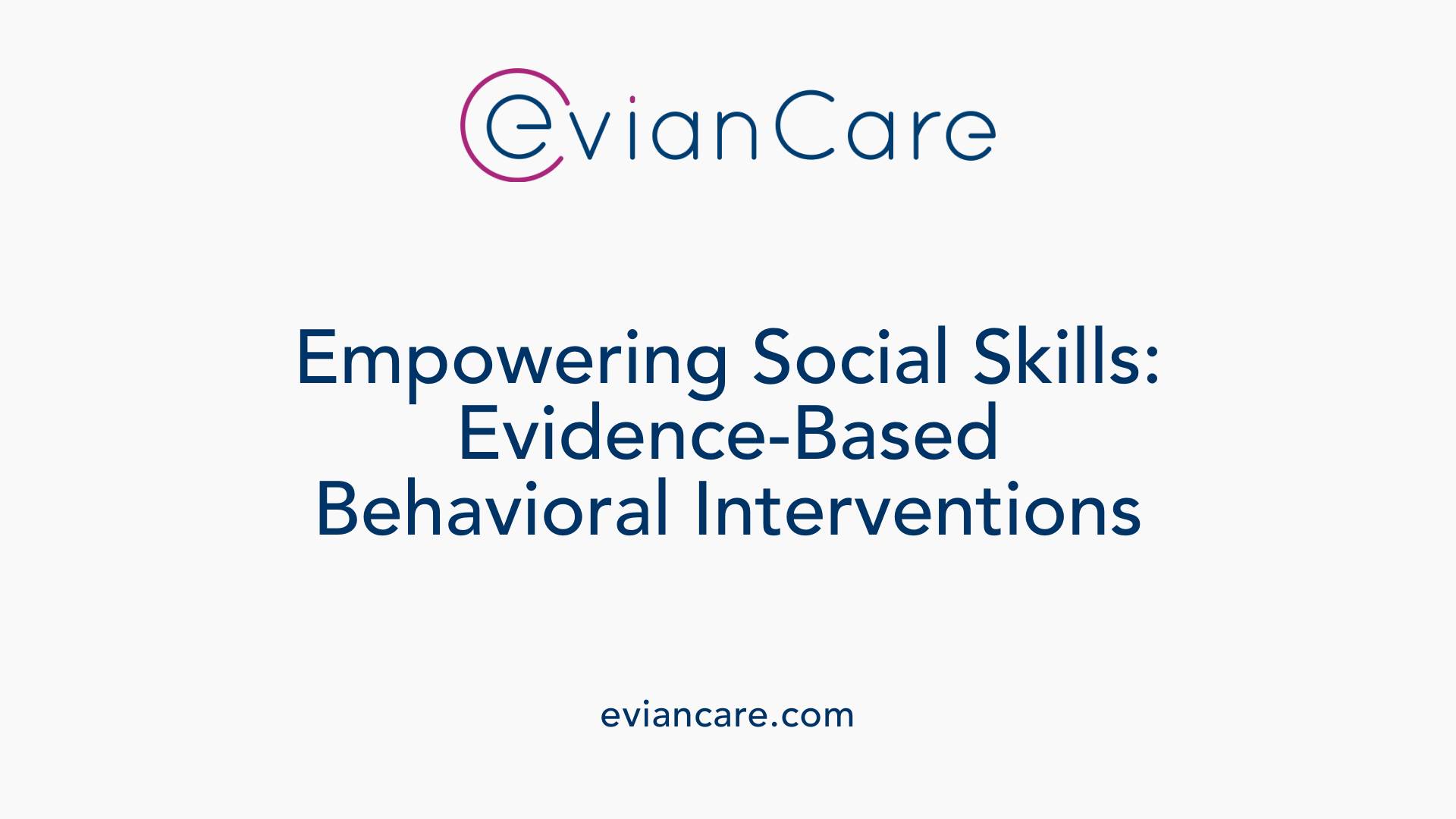
What does research say about intervention strategies for fostering better peer relationships via behavioral therapy?
Evidence from extensive research underscores the effectiveness of behavioral approaches in improving peer relationships among children and adolescents. Programs that incorporate social skills training, direct reinforcement, cognitive restructuring, and explicit coaching—such as demonstrations and role-playing—show significant positive impacts.
These interventions are often part of structured curricula like Preschool PATHS, the Incredible Years, and social-emotional learning (SEL) programs. They focus on developing social competence, emotional regulation, and reducing problematic behaviors like aggression or withdrawal. As a result, children are more accepted by peers, and their social interactions become more positive.
Studies based on randomized controlled trials reveal that such programs not only enhance social-emotional skills but also decrease internalizing issues like anxiety and depression. For children with neurodevelopmental disorders or mental health challenges, tailored behavioral interventions demonstrate substantial improvements in social cognition and communication.
Long-term effects are promising, with many children maintaining improved social skills months or even years after completing the interventions. Early prevention efforts for younger children tend to be more effective, emphasizing the importance of early intervention.
Furthermore, clinical interventions targeting older children and adolescents are also successful when they adapt methods to developmental needs. Overall, robust evidence supports the adoption of comprehensive, evidence-based behavioral strategies to foster healthier peer relationships across diverse groups.
| Intervention Program | Focus Area | Outcomes | Evidence Level |
|---|---|---|---|
| Preschool PATHS | Social-emotional skills | Better social competence, less aggression | High |
| Incredible Years | Behavior regulation & social skills | Improved peer acceptance, reduced internalizing problems | High |
| SEL Curricula | Emotional and social learning | Increased social connectedness | High |
This body of evidence advocates for implementing structured, systematic behavioral interventions as essential tools for enhancing peer interactions, promoting mental well-being, and supporting social development in various populations.
Development of Social Skills in Children and Adolescents through Behavioral Therapy
What behavioral therapy techniques are used to develop social skills and improve peer interactions in children and adolescents?
Behavioral therapy employs various techniques to help children and adolescents improve their social skills and peer interactions. These approaches include social skills training, modeling appropriate behaviors, role-playing, and positive reinforcement.
Therapists often incorporate peer group activities, video modeling, and social narratives to teach social cues and appropriate responses. Play-based interventions, such as structured play and emotional role-playing, create a relaxed setting for practicing communication, cooperation, and problem-solving skills.
In addition to individual exercises, therapies focus on establishing routines, cooperative tasks, and social exercises that promote empathy, active listening, and conflict resolution. These activities help young clients learn to navigate social situations with confidence.
By consistently applying these methods, the aim is to enhance overall social functioning, foster self-esteem, and encourage the development of lasting peer relationships.
Use of art and artistic expression
Art and creative expression serve as valuable tools in social skills development. Techniques like drawing, painting, clay modeling, and collage are used to help children articulate feelings, develop self-awareness, and regulate emotions.
Art therapy encourages children to explore emotions non-verbally, which is especially beneficial for those who struggle with verbal communication. Artistic activities promote patience, focus, and cooperation when completed in a group setting.
Therapists incorporate art projects to facilitate emotional expression, build confidence, and improve social interaction skills. Artistic expression thus complements play therapy and role-playing by providing an engaging avenue for personal and social growth.
Building empathy and conflict resolution skills
Developing empathy and conflict management is central to social skills programs. Children practice recognizing others' emotions through role-playing, social stories, and guided discussions.
Role-playing scenarios help children understand different perspectives, fostering empathy and emotional understanding. Conflict resolution training involves teaching children how to communicate assertively, negotiate, and find mutually acceptable solutions.
Therapists often use interactive worksheets and group activities that simulate real-life social challenges. These methods emphasize patience, listening, and respectful interaction, which are crucial for building healthy peer relationships and navigating social conflicts effectively.
Using Behavior Models to Address Relational and Interpersonal Difficulties
How can behavioral therapy models be used to address relational and interpersonal problems?
Behavioral therapy models provide practical frameworks for understanding and improving interpersonal relationships by focusing on observable behaviors and social skills. Central to this approach are tools like the Reciprocal CBT Formulation and the Interpersonal Beliefs and Styles worksheet.
The Reciprocal CBT Formulation helps clients see how their behavior influences others’ perceptions and reactions, creating a cycle often visualized as an infinity symbol. Recognizing this reciprocal influence allows clients to understand how their actions contribute to ongoing relationship patterns. This insight opens the door for behavioral experiments aimed at testing new ways of engaging with others.
Similarly, the Interpersonal Beliefs and Styles worksheet encourages clients to explore their typical patterns of behavior and underlying beliefs in different social situations. By understanding these recurring themes, clients can identify maladaptive behaviors and beliefs that may be damaging their relationships.
In practice, therapists incorporate role-playing, social skills training, and reinforcement strategies to promote healthier interactions. These exercises help clients practice assertiveness, empathy, and conflict resolution in a safe environment. Homework assignments further reinforce these skills outside of sessions.
Integrating principles from Interpersonal Psychotherapy (IPT) complements behavioral models by addressing role disputes, social role management, and emotional expression. This combined approach supports clients in resolving conflicts, building trust, and improving emotional connections.
Overall, behavioral models equip clients with the tools to understand their influence within relationships, challenge unhelpful beliefs, and develop more satisfying interpersonal interactions. These methods not only reduce symptoms linked to relationship problems but also foster healthier, more supportive social connections.
Summary and Future Directions
Behavioral therapy techniques play a crucial role in improving peer interactions among children and adolescents. From social skills training and role-playing to advanced cognitive-behavioral strategies and relational models, these methods provide a comprehensive toolkit for enhancing social competence. Continued research and tailored interventions promise to further refine these approaches, making them even more effective in fostering inclusive, empathetic, and resilient peer relationships in diverse developmental contexts.
References
- What is Cognitive Behavioral Therapy?
- Behavioral Interventions for Anger, Irritability, and Aggression in ...
- Cognitive Behavioral Therapy (CBT): Tasks & Beliefs - Verywell Mind
- How To Use Your CBT Skills To Conceptualize Relationship And ...
- A Systematic Review of Intervention Programs Promoting Peer ...
- Building Social Skills: 14 Effective Pediatric Therapy Techniques for ...
- 7 Child Behavioral Therapy Techniques - A Cognitive Connection
- Peer relations: Prevention and intervention programs
- A Systematic Review of Intervention Programs Promoting Peer ...
- Promoting Peer Connectedness Through Social-Emotional Learning


